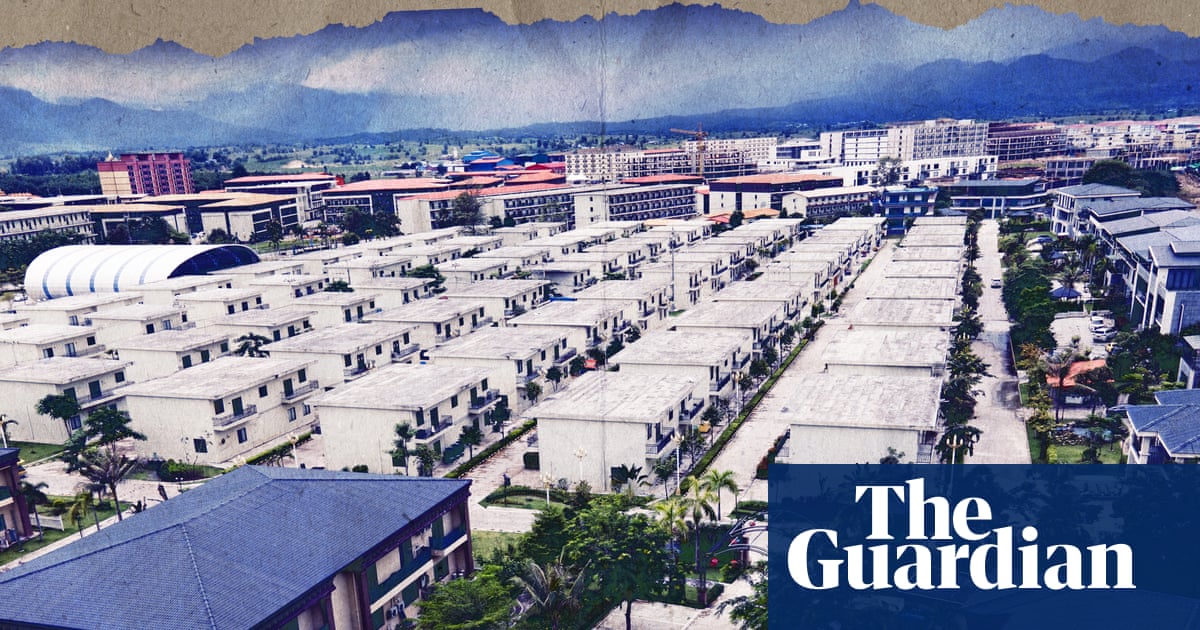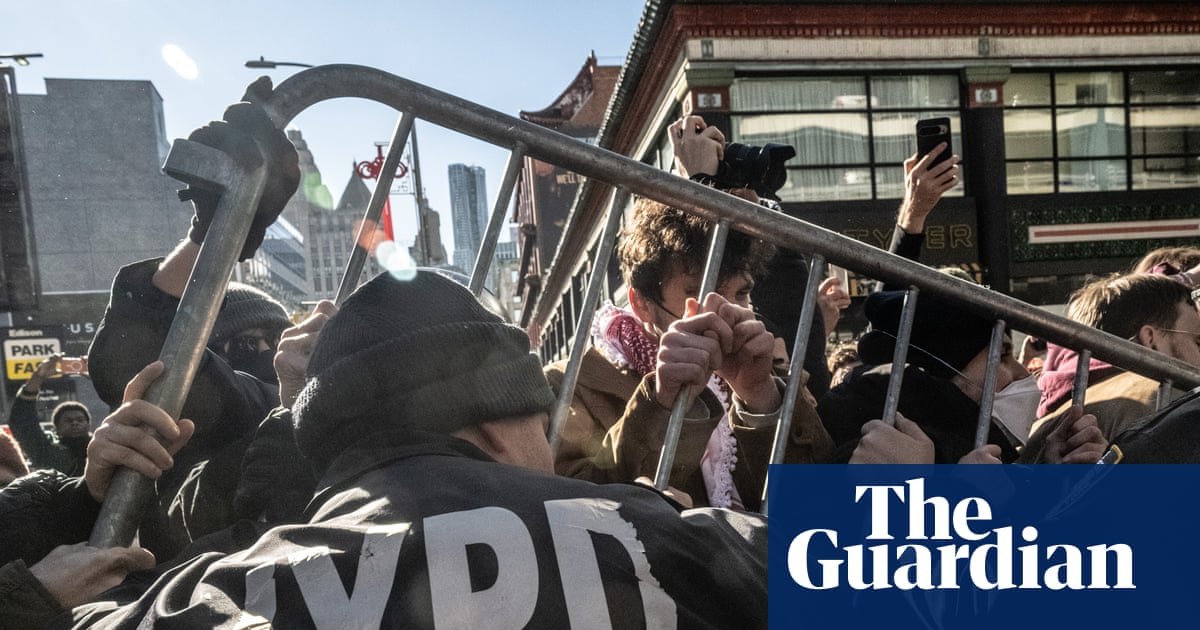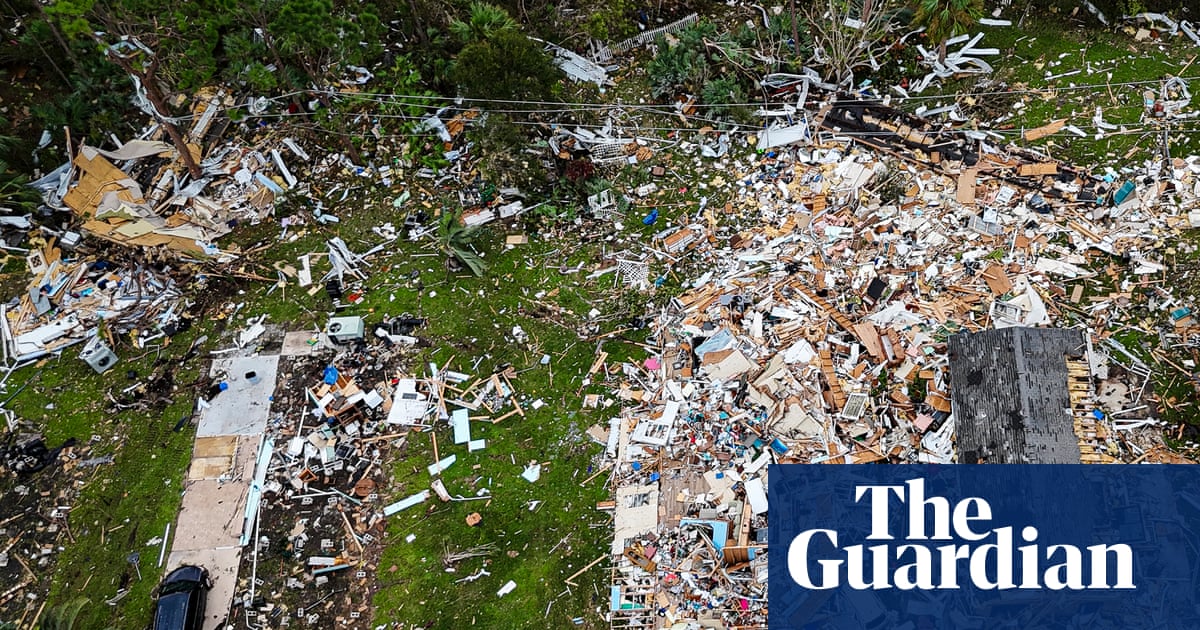The number of guaranteed seats for Māori representatives on New Zealand councils will be slashed by more than half, following a controversial law change that forced local governments to put the fate of hard-won Māori seats to a public vote.
Māori wards, which may have one or more councillors depending on local population numbers, were established in 2001 to give Indigenous voters the option to vote for a guaranteed Māori representative in local and regional authorities. Initially, councils could only establish a Māori ward by first putting it to a public vote in their area. Communities often spent years generating local support and pushing their councils to create Māori wards.
To remedy the issue, the previous Labour government allowed local councils to establish a Māori ward without first requiring them to put it to a public vote.
But in 2024, the right-wing coalition government reversed the change, saying communities should decide whether to establish Māori wards.
The coalition’s law change required councils that had established a ward under Labour’s rules to conduct binding referendums alongside the local body elections, which concluded on 11 October. Of 42 councils taking part in the referendum, 17 voted to retain their wards, and 25 to disestablish theirs – revealing many regions opposed to guaranteed Māori representation.
The minister for local government, Simon Watts, told the Guardian the results provided “a vital step in reinstating local democratic control”.
“These collective decisions reflect the democratic will of the local communities and provide a clear mandate on their preferred form of local representation.”
Opposition parties however have criticised the government’s law change as “racist” and “anti-Māori”. Since taking office, the coalition government has ushered in sweeping rollbacks to policies designed to improve Māori health, wellbeing and representation. The government has said it wants to end “race-based” policies, and says it is committed to improving outcomes for Māori and all New Zealanders.
The results of the referendums were split down urban-rural lines – six of the seven cities required to vote supported Māori wards, while rural regions skewed heavily towards disestablishing them.
“It’s a real shame for the Māori wards that had only just come in – they’re only just starting to hit their stride,” says Lara Greaves an associate professor in politics at Victoria University of Wellington.
This year’s local government elections recorded the lowest voter turnout in 36 years, with less than a third of citizens casting a vote, prompting calls for an overhaul.
Labour’s acting spokesperson for local government, Kieran McAnulty told the Guardian the process had been “a farce”.
Councils are able to establish other types of wards – including rural wards – without first requiring a public vote. The different conditions placed on Māori wards indicated the government was targeting Māori representation, McAnulty said.
“Well, they failed. Many communities have given the government a middle finger response,” he said, referring to the 17 regions that voted to keep their wards.
The Guardian has contacted the local government minister for comment.

 1 month ago
38
1 month ago
38

















































